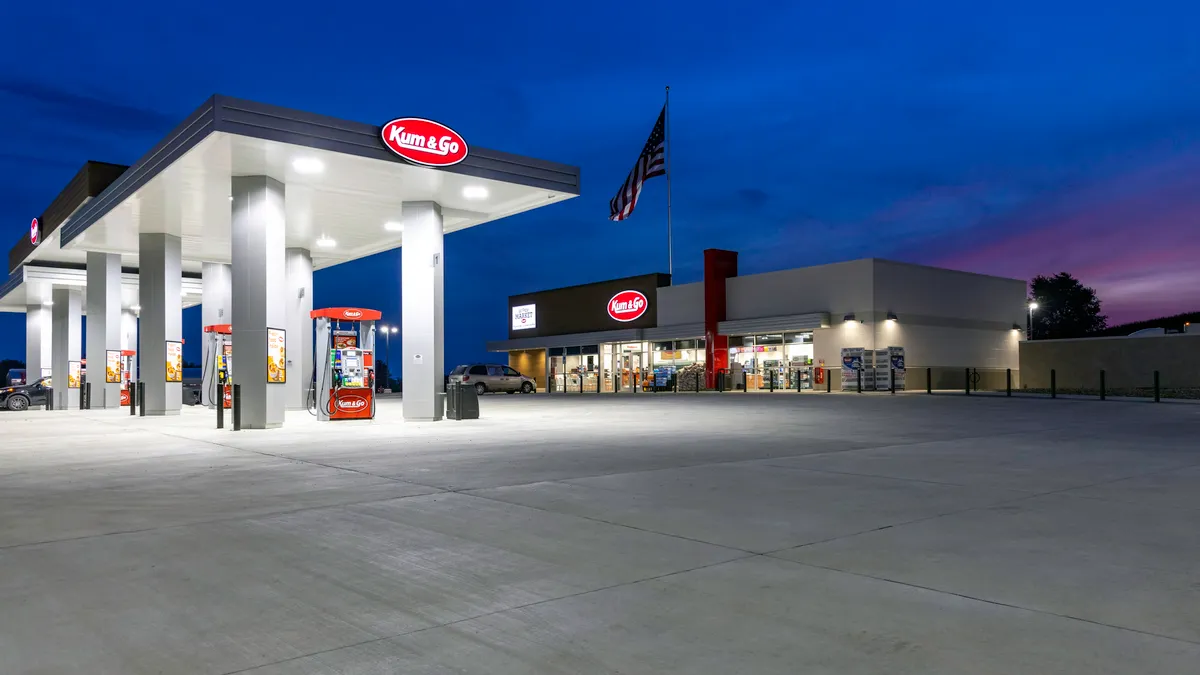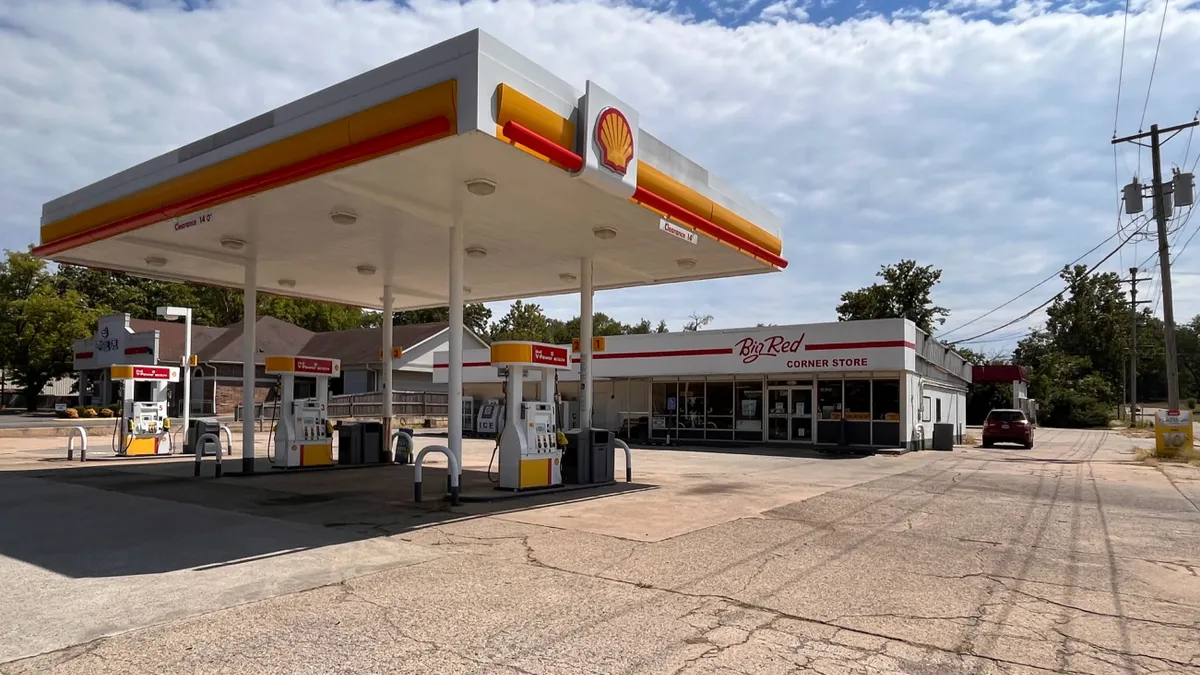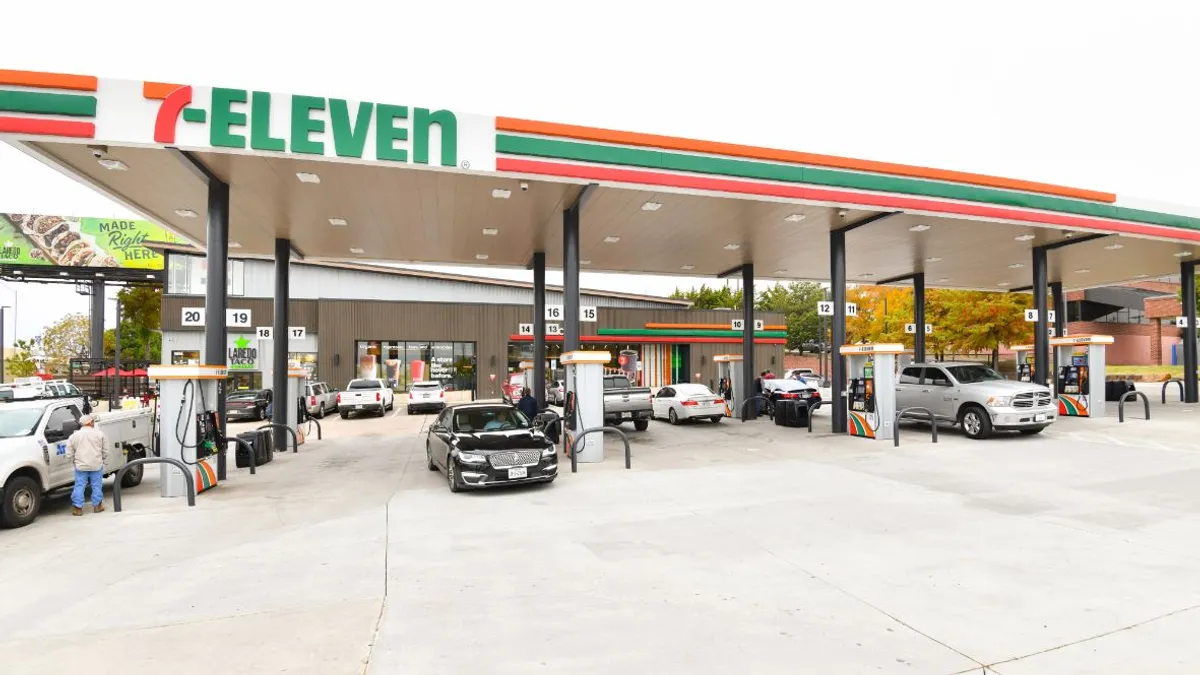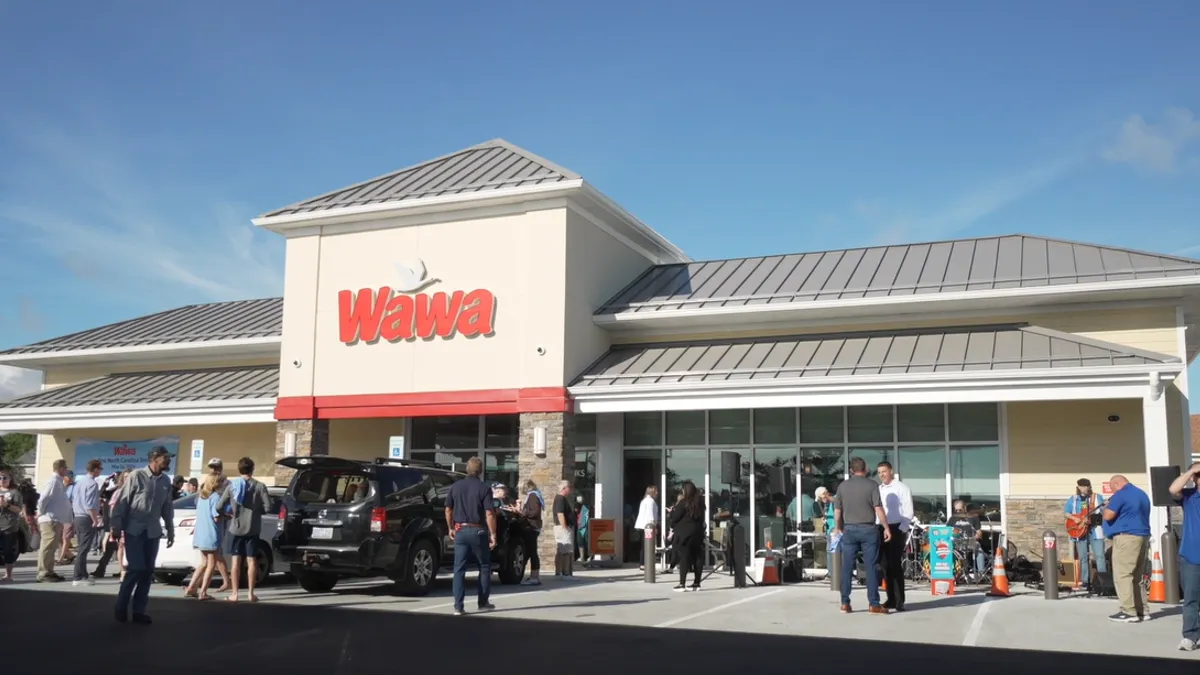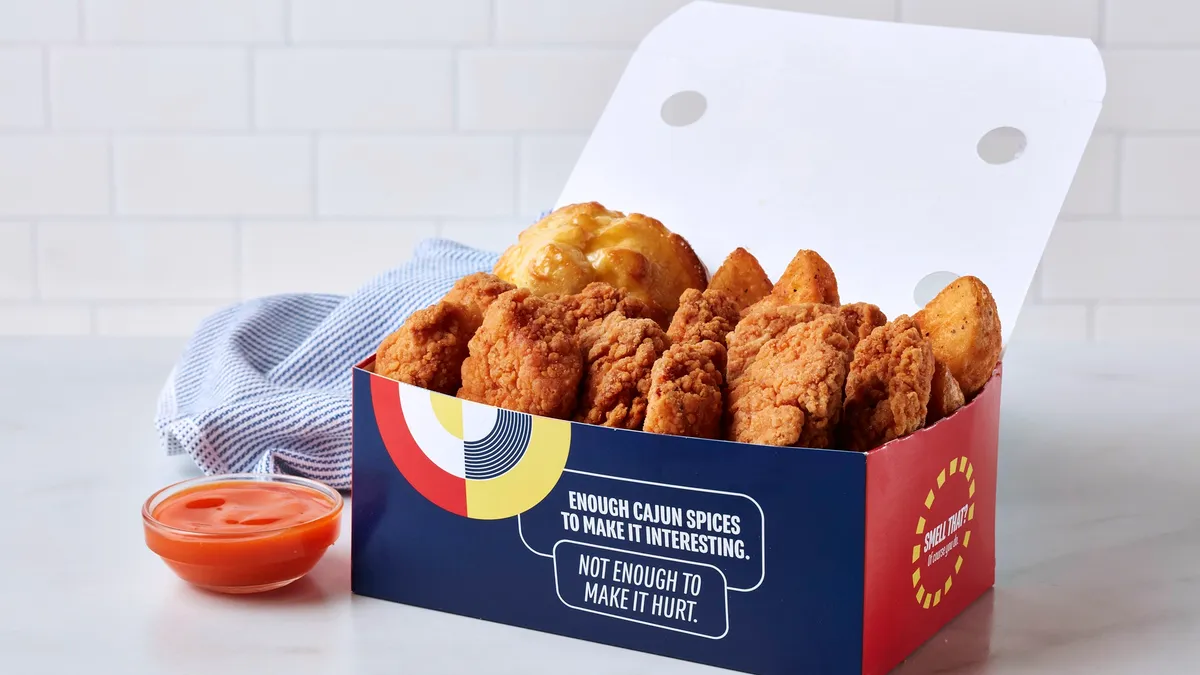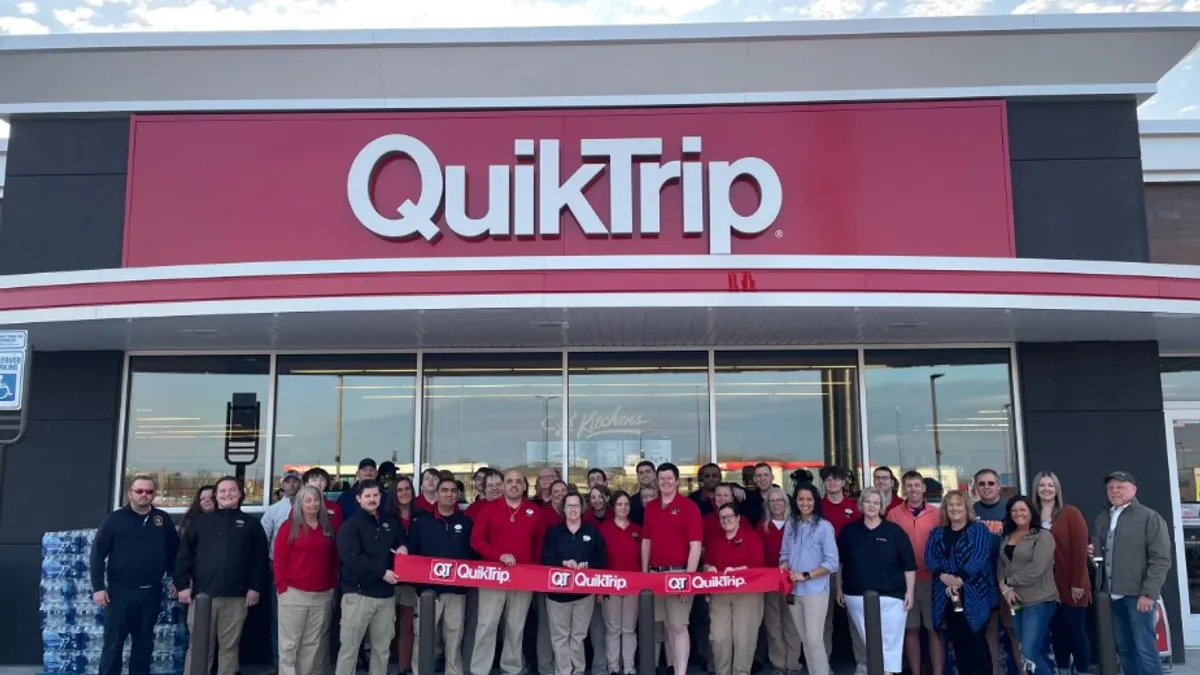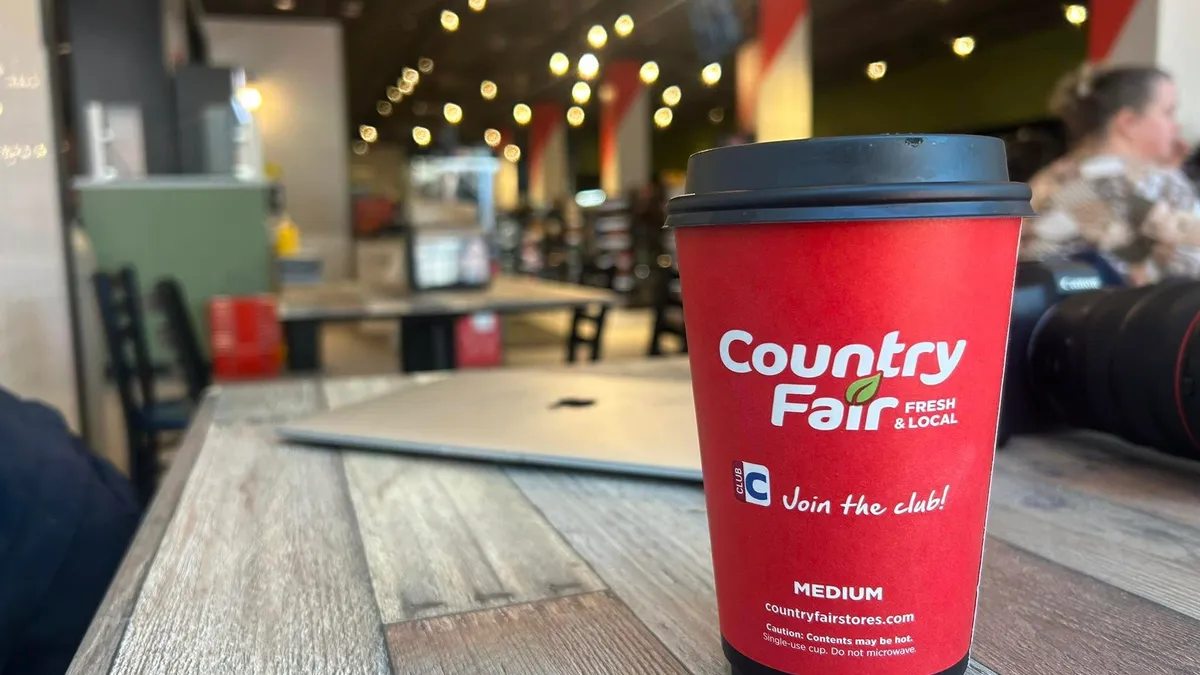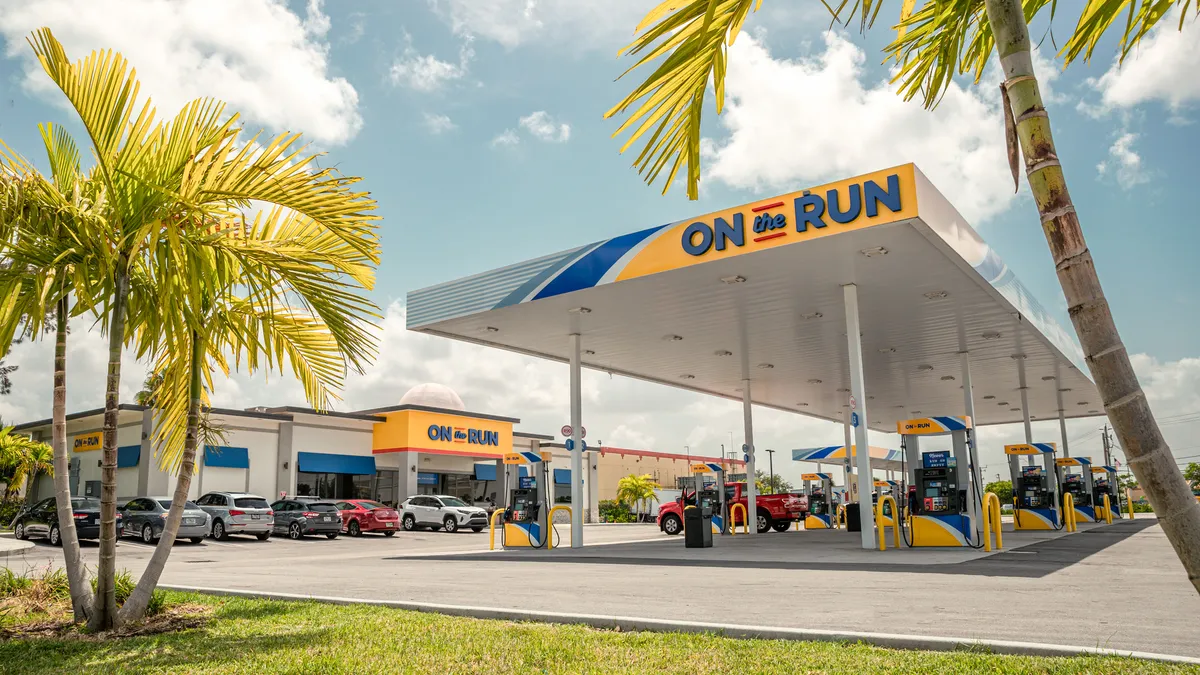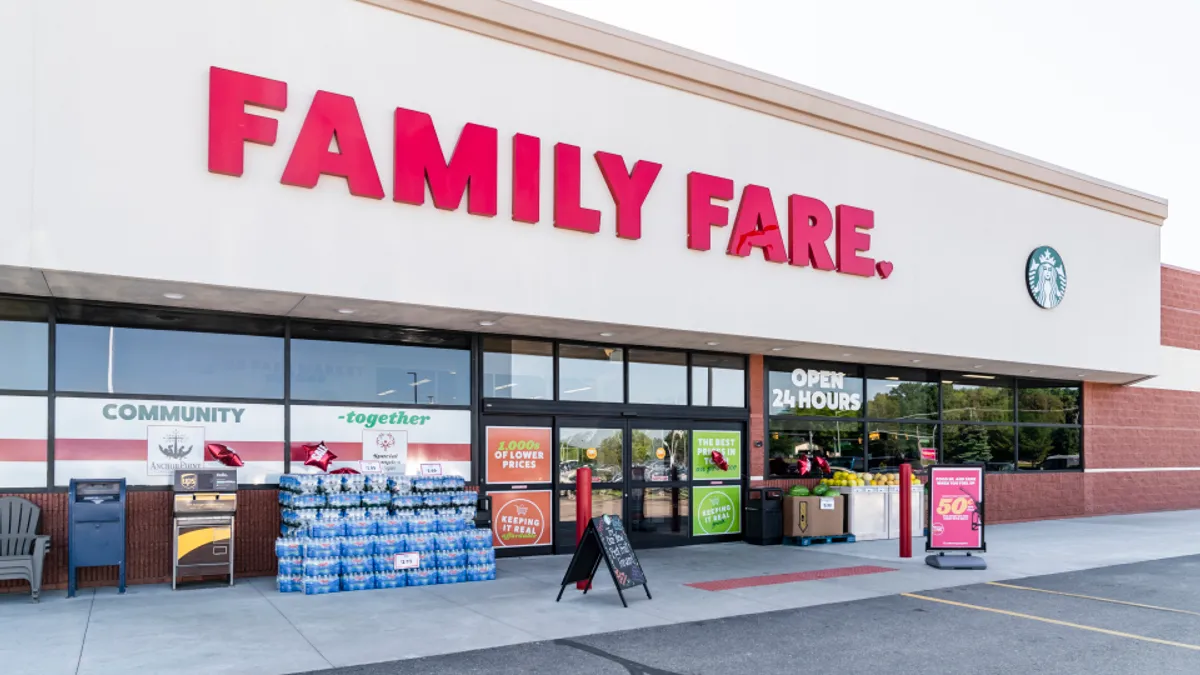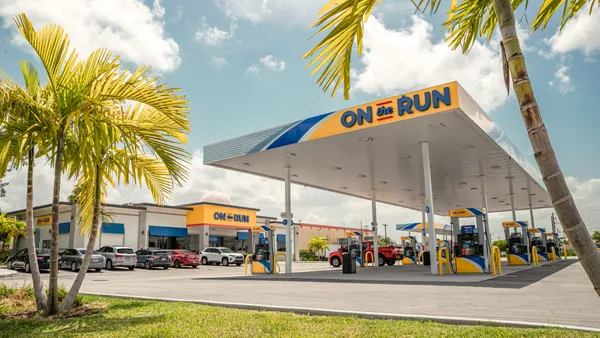Frank Beard is a longtime convenience retail enthusiast who currently works in marketing for Rovertown. His column, The Road Ahead, examines innovation in the c-store industry.
Well, it was fun while it lasted.
According to recent reports, the Kum & Go brand will get scrapped next year, ending a nearly 50-year run as one of this industry’s most notable names.
This has ignited a firestorm in my state. On social media, in private conversations and across the local airwaves, many people are expressing dismay over this decision. Iowans have a strange relationship with our gas stations, and Kum & Go was perhaps the most iconic. A handful of companies are deeply embedded in our state’s culture and connected with a sense of place. Even the politicians notice this and pretend to care.
That’s why the response was so immediate and negative. Everyone from sportscasters to local T-shirt companies have weighed in on the drama. Stephen Colbert even did a bit about it, although his raunchy take on the news kind of missed the point.
The reason why this development gets so much attention in Iowa and elsewhere in the markets where Kum & Go operates is because it’s so confounding. Why would a company spend $2 billion acquiring a brand that’s arguably more famous than its own, only to turn around and scrap that brand?
To be clear, I have no issue with Maverik. I’ve always liked their stores. But Couche-Tard didn’t rebrand Holiday, EG Group didn’t rebrand Cumberland Farms and if I drive fifteen minutes from my home, I’ll find Hardee’s rather than Carl’s Jr.
I guess we’ll see what happens. But as a lifelong Iowan, I’d be remiss if I didn’t say a few words about what’s lost when Kum & Go goes away.
In defense of double entendres
Kum & Go used to be remarkably unremarkable.
It’s not that they were bad. They just lacked a signature product like Casey's pizza. Growing up in Iowa, Kum & Go was simply a chain of gas stations with a funny name. And we loved that.
There’s a weird cultural moment here where you drive by a Kum & Go, only to turn to your friend, your spouse, or maybe a coworker, and engage in a game of one-upmanship, creating increasingly worse versions of the name. I can recall about twenty of these.
Iowans regard the double entendre as a feature rather than a flaw. It’s funny, but it’s also connected with a sense of place. When you see it at night driving back from the airport, you know you’re home. Each year on RAGBRAI, the world’s largest recreational bike ride, we know who’s not from around here when a Kum & Go appears and cyclists point, grin, and do a double-take as if they can’t believe what they’re seeing.
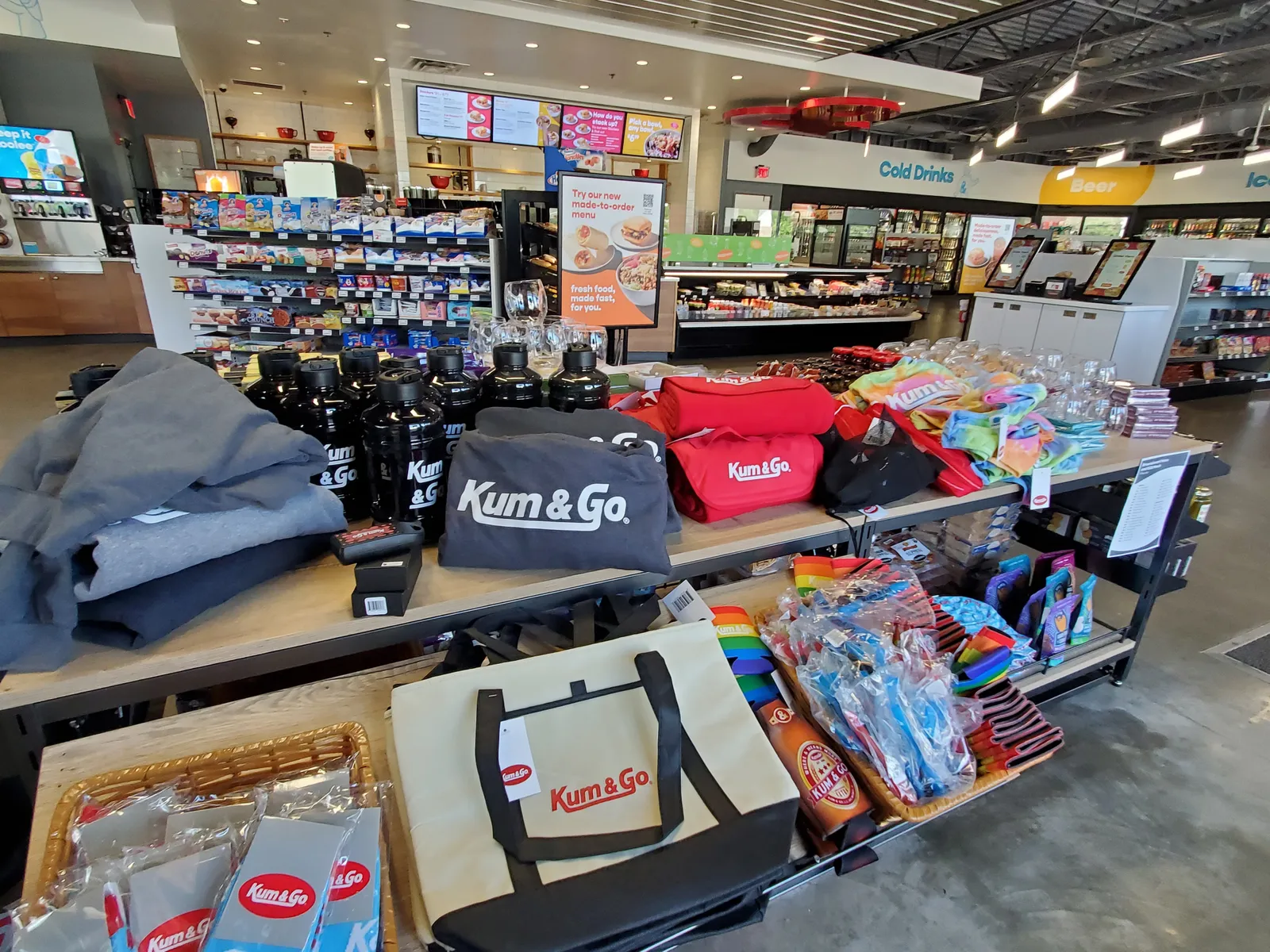
There are so many places in the United States that feel like they could exist anywhere else. Places full of homogenized brands and a sense of sameness, almost as if they’re straight out of Neil Stephenson’s 1992 book “Snow Crash,” which features a futuristic suburban sprawl with an endless sea of franchises.
Did I mention that Neil Stephenson was raised in Iowa? Spend enough time around here, and you’ll notice we always point these things out. It’s like we think everything happens everywhere else and are shocked to find it’s happening right here, too. That’s why it was so cool to see Johnny Knoxville and Steve-O wear Kum & Go shirts on “Jackass.” I loved that as a teenager.
To read that the double entendre might be the reason behind the rebranding, that people believe it won’t appeal to a new audience? That kind of feels like a teenager being told to tuck in their shirt, cut their hair, or stop cursing so much. It’s like being told to “grow up” not because you’re doing anything wrong, but because something you do clashes with someone else’s view of how things should work.
Besides, adopting the Kum & Go name in 1975 didn’t stop the company from achieving nearly fifty additional years of growth and the ability to headquarter itself in what’s essentially a $150 million art museum.
While rebranding the Kum & Go stores in Utah or Colorado makes sense, replacing it with a brand about adventuring out into the mountains makes less sense the further east you travel.
Consider the store in Walnut, Iowa, the location of the first Kum & Go bistro store. It’s a town of 700 people in the middle of nowhere off of I-80, surrounded by farm fields — where the tallest thing besides cell phone towers and MidAmerican Energy windmills is the EconoLodge across from the Kum & Go. The dominant industry is antique stores. There’s not much adventure over in Walnut.
Of course the name is just one aspect of the company. I should also mention that Kum & Go’s stores and marketing had recently become rather remarkable.
A glimpse of a modern American convenience store
We talk a lot about innovation in this industry and about “redefining convenience,” but it’s rare for a company to completely overhaul how it goes to market and talks about itself.
Kum & Go tried to do exactly that recently — or at least that’s what it felt like to me, as a customer. It felt refreshing, exciting, and part of me wishes I could have seen what would happen in another five, 10 or 15 years.
I think it started in 2016 with the introduction of the new “marketplace” stores. These were sleek and modern, the kind of place you could come and stay. Indoor and outdoor seating, fancy restrooms — you get the picture. I used to visit several regularly to work on my laptop or when I’d pull off the bike trails and grab a meal.

Kum & Go hired a local art studio called Sticks to weld massive ampersands that were placed outside of select stores and painted with artwork that symbolized those stores’ communities.
Inside the stores, they tried several things to be different. Some stuck, some didn’t. The freshly baked bread and growler stations didn’t last long, nor did the delightful andouille sausage and ciabatta breakfast sandwich. I’m still a little sad to see the egg bites go, but I’ll get over it. The point is they were always trying, and it felt like they were getting closer to something — particularly with foodservice.
Consumer preferences are to some degree a function of choice, and the reality is that many of the quick and convenient food options around us are complete junk. Why is quality grab-and-go food so hard to come by?
It was refreshing to see that Kum & Go was really trying to serve up better c-store food. Especially when they added the rice and quinoa bowls.
Either way, I could at least enjoy what their marketing team was doing.
Gas stations are the perfect brands to rep ironically. There’s no good reason to take them too seriously, and that’s why it’s so fun. Add to that their hyperlocality and the fact that many are sitting on brands that are nearly a century old, and the opportunities are limitless.
Kum & Go’s social media accounts quickly became an endless source of humor starting around 2019 — often taking full advantage of the double entendre. Much has been written about this, but I just want to say that it was pure fun as a customer. Nobody gets on social media to read about twofers, discounts, or to see content that should really be flagged as an ad. Kum & Go understood this in a big way and just had a good time. I remember getting on Twitter one day and seeing that an animal shelter had named a bird “Kumantha.” There were so many occasions where I’d send their tweets to a friend, or hand over my phone and say, “You’ve got to see this.”
The merch was great too. I bought the pink fanny pack, which was kind of a joke. And when the Ampersand1 sneakers dropped, I snagged them immediately. I’m a sneakerhead and those were legit.
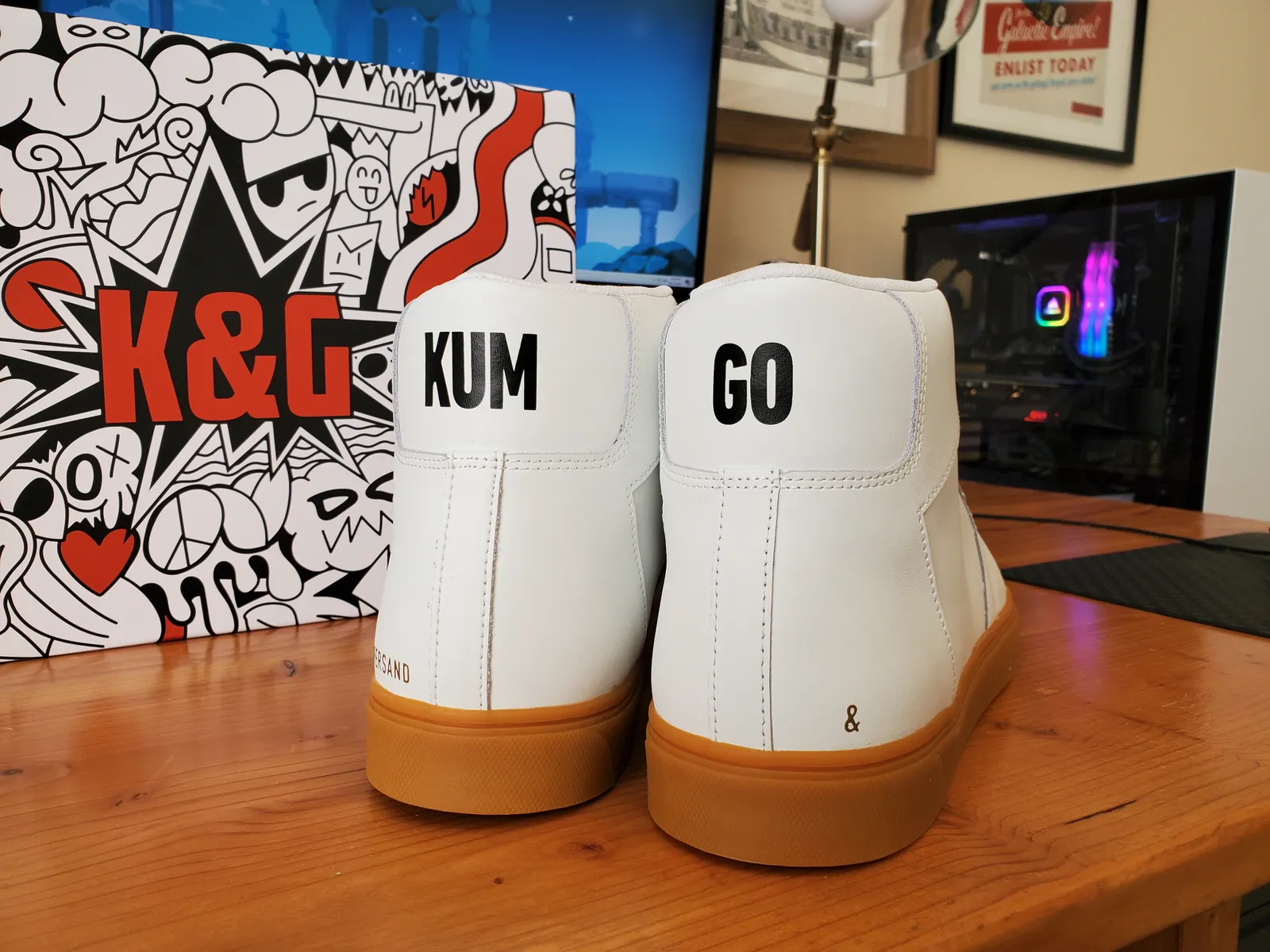
Kum & Go was also bold enough to be serious when it was called for.
As one publication recently put it, Kum & Go became an unlikely queer ally. I hear the grumbling, but stay with me for a second. Supporting that community doesn’t take anything away from anyone who isn’t part of it. Maybe that Kum & Gay Rights shirt wasn’t made for you. That’s okay. But maybe it put a smile on the face of your neighbor, a family member, a coworker, or even a friend. That’s a good thing.
What Kum & Go did was impressive because it was authentic. It didn’t engage in the sort of empty signaling you get from some companies. I remember when they used MS Paint to make a rainbow-colored Kum & Go logo, saying that instead of paying a designer to do the typical corporate thing for Pride Month, they’d instead donate that money to a few organizations. I thought that was awesome. Remarkably, the tweet is still up despite the recent purge of old content on Kum & Go’s social media accounts.
To see the social content nerfed post-acquisition, to see engagement drop and the comments mostly coming from people upset about the recent news — there is something sad about that. It feels like the lights have come on and the party’s over.
When a gas station was something more
The reality is, Kum & Go had become cool.
It’s hard to explain, much like dissecting a good joke ruins the humor; but over the past few years, wearing that Kum & Go shirt had become a vibe. It was more than just a funny name.
Maybe the brand won’t be scrapped after all, and maybe Maverik will try to build on it. I guess only time will tell.
To all of you who have worked at the company, I just want to say: Thanks for the good times. It was fun while it lasted.


